
Podcast: Play in new window | Download (Duration: 27:19 — 25.1MB)
Subscribe: Google Podcasts | Spotify | Android | RSS | More
 Atkins. South Beach. Whole30. Zone. Keto. Banting? Yes, Banting. Not the Frederick Banting of Banting & Best, discoverers of insulin, but his distant relative William Banting, author, in 1863, of the self-published Letter on Corpulence, Addressed to the Public. Not the first fad diet by any means — Banting, a prominent London undertaker, had tried a bunch — it is the model, acknowledged and otherwise, for all the high-fat, low carbohydrate diets now so familiar and one of the first to seize the public imagination.
Atkins. South Beach. Whole30. Zone. Keto. Banting? Yes, Banting. Not the Frederick Banting of Banting & Best, discoverers of insulin, but his distant relative William Banting, author, in 1863, of the self-published Letter on Corpulence, Addressed to the Public. Not the first fad diet by any means — Banting, a prominent London undertaker, had tried a bunch — it is the model, acknowledged and otherwise, for all the high-fat, low carbohydrate diets now so familiar and one of the first to seize the public imagination.
In Anxious Eaters: Why We Fall for Fad Diets, Janet Chrzan and Kima Cargill examine fad diets and the people who follow them as anthropologists might examine foreign cultures. Janet Chrzan helped me understand why people are drawn to fad diets and how they help to soothe, at least temporarily, some of the anxieties that surround food.
Notes
- Anxious Eaters: Why We Fall for Fad Diets, by Janet Chrzan and Kima Cargill, is published by Columbia University Press.
- Janet Chrzan has a website
- William Banting’s Letter on Corpulence, Addressed to the Public is a fascinating light read.
- Olivier Bernard’s The life cycle of a fad diet is fun.
- Here is the transcript; thanks to the supporters who make this possible.
- Slight apologies for the banner photo; inspiration abandoned me.

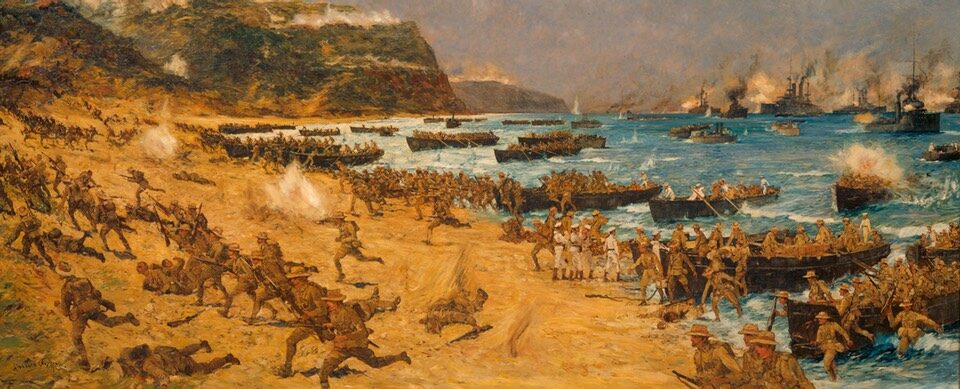
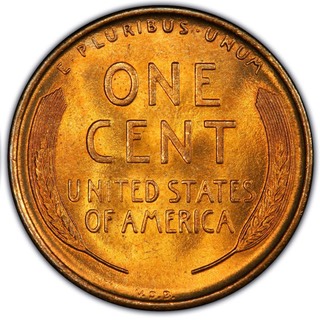 In the final part of my conversation with Scott Reynolds Nelson, author of Oceans of Grain, we move on to empire. The earliest city states in Mesopotamia built their fortunes on their position astride grain transport routes. Still today, the ability to tax grain as it moves and to control that movement is a source of political and commercial power around the world. Nations also need to remember the need to feed the forces that exercise their power, which is often more important than materiel. And quite by coincidence, publication day celebrates the American War of Independence.
In the final part of my conversation with Scott Reynolds Nelson, author of Oceans of Grain, we move on to empire. The earliest city states in Mesopotamia built their fortunes on their position astride grain transport routes. Still today, the ability to tax grain as it moves and to control that movement is a source of political and commercial power around the world. Nations also need to remember the need to feed the forces that exercise their power, which is often more important than materiel. And quite by coincidence, publication day celebrates the American War of Independence.
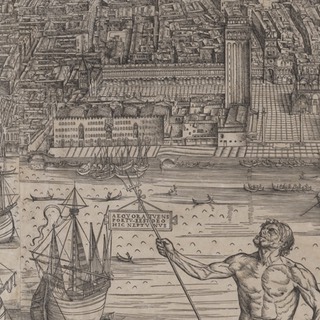 Having moved your wheat from where it grew to where it was needed, there was a matching need to transfer the money to pay for it. Bills of exchange, invented in Venice and Genoa, created a piece of paper that increased in value as the time for delivery of the wheat drew near, but it was the need to avoid rank profiteering in times of war that created the futures market. Standard amounts of standard quality grain made buying and selling the crop even more efficient – and saved the Union army during the Civil War in the US.
Having moved your wheat from where it grew to where it was needed, there was a matching need to transfer the money to pay for it. Bills of exchange, invented in Venice and Genoa, created a piece of paper that increased in value as the time for delivery of the wheat drew near, but it was the need to avoid rank profiteering in times of war that created the futures market. Standard amounts of standard quality grain made buying and selling the crop even more efficient – and saved the Union army during the Civil War in the US.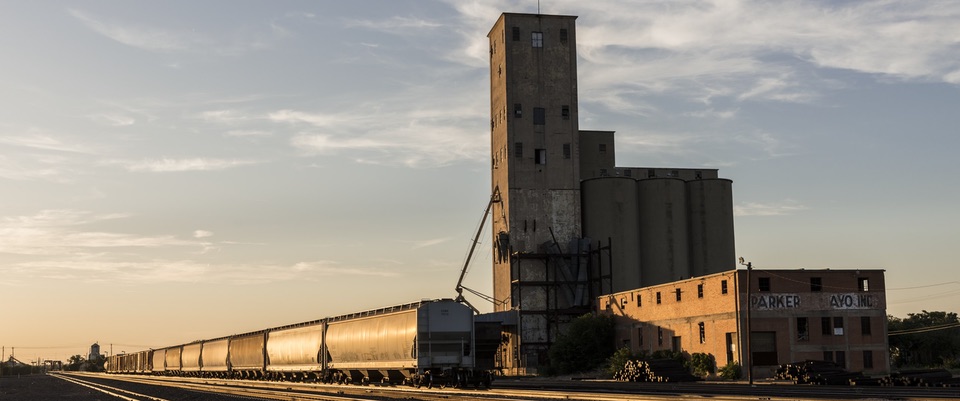
 Cereals provide their offspring with a long-lived supply of energy to power the first growth spurt of the seed. Thousands of years ago, people discovered that they could steal some of the seeds to power their own growth, taking advantage of the storability of seeds to move the food from where it grew to where it might be eaten. Wheat, the pre-eminent cereal, moved along routes that were ancient before the Greek empire, carried, probably, by ox-drawn carts and guided along these black paths by people remembered in Ukraine today as chumaki.
Cereals provide their offspring with a long-lived supply of energy to power the first growth spurt of the seed. Thousands of years ago, people discovered that they could steal some of the seeds to power their own growth, taking advantage of the storability of seeds to move the food from where it grew to where it might be eaten. Wheat, the pre-eminent cereal, moved along routes that were ancient before the Greek empire, carried, probably, by ox-drawn carts and guided along these black paths by people remembered in Ukraine today as chumaki.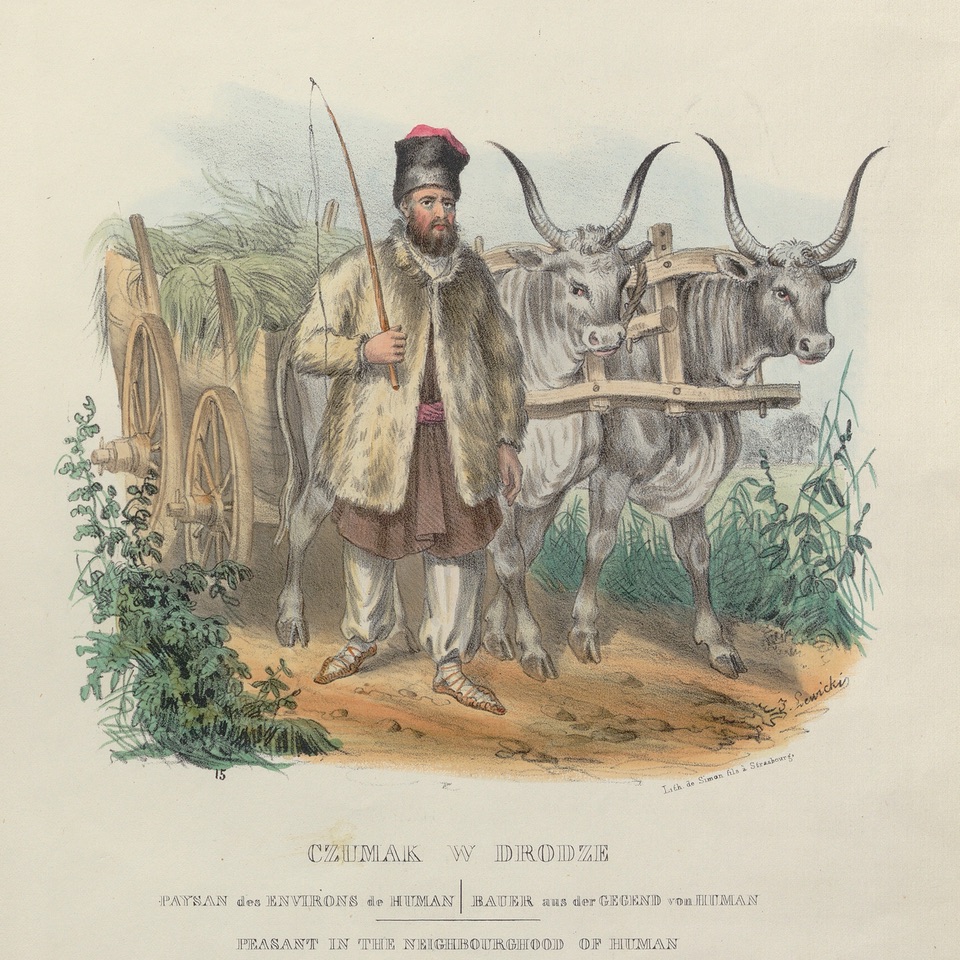
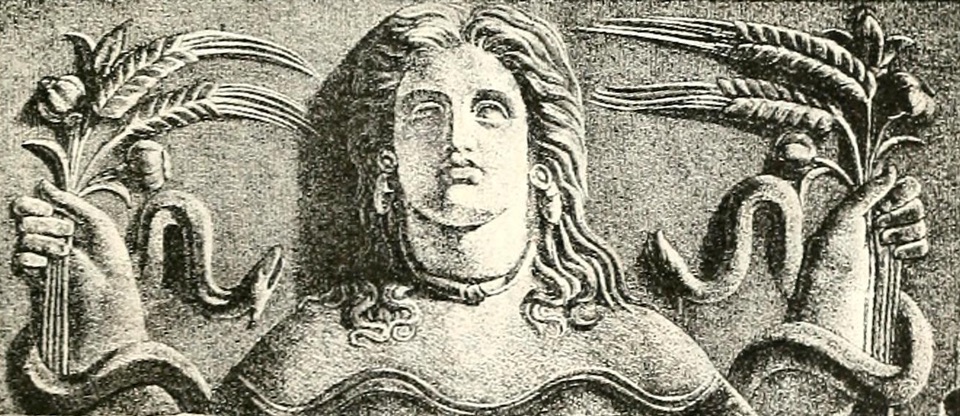
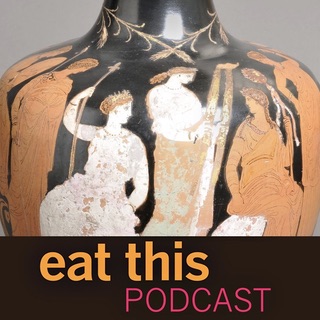 Many people take the myth of Demeter — Ceres in Latin — and her daughter Persephone to be just a metaphor for the annual cycle of planting and harvesting. It is, but there may be more to it than that. Why else would it be worth scaring participants in the Eleusinian Mysteries into saying absolutely nothing about what went on during these initiation rites into the cult of Demeter and Persephone?
Many people take the myth of Demeter — Ceres in Latin — and her daughter Persephone to be just a metaphor for the annual cycle of planting and harvesting. It is, but there may be more to it than that. Why else would it be worth scaring participants in the Eleusinian Mysteries into saying absolutely nothing about what went on during these initiation rites into the cult of Demeter and Persephone?